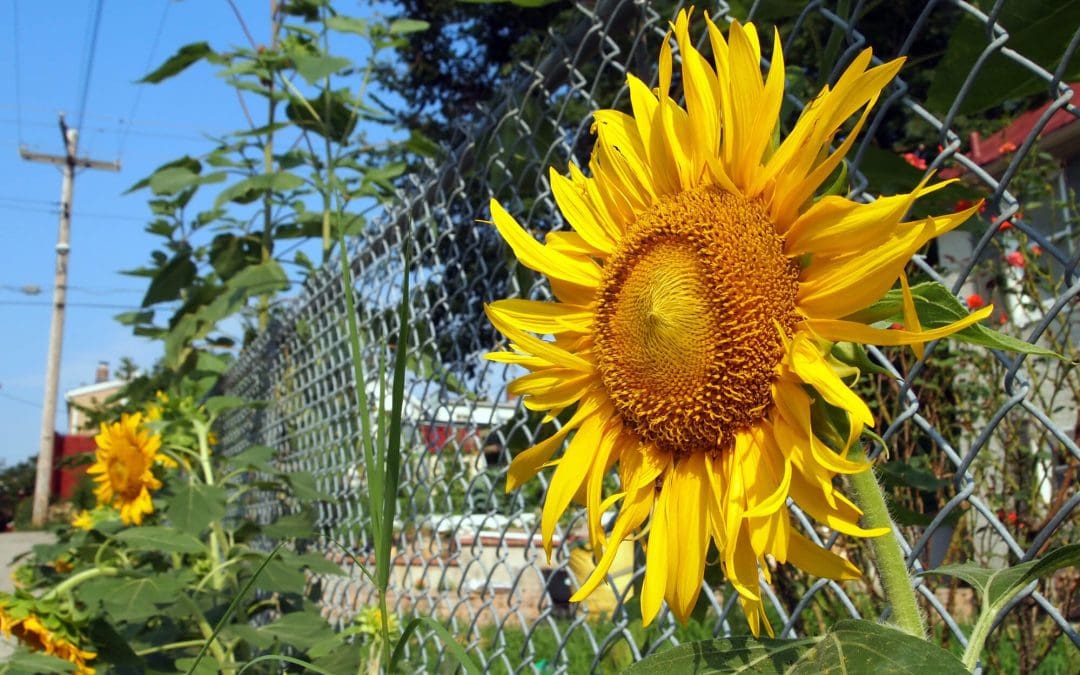When selecting the perfect fencing material for your home, there are several factors to consider. The right fence enhances the aesthetic appeal of your property and serves practical purposes like privacy, security, and boundary definition. Understanding the different types of fencing materials can help you make an informed decision that suits your needs and budget.
Wood Fencing Materials: A Classic and Versatile Choice
Wood remains one of the most popular fencing materials due to its natural beauty and versatility. Whether you’re going for a traditional picket fence or a tall privacy fence, wood can be tailored to fit any design. Common wood types used for fencing include cedar, pine, and redwood, each offering unique characteristics. Cedar is known for its resistance to rot and insects, while pine is more affordable and can be treated for durability. Redwood is a premium choice, offering a rich color and excellent resistance to decay.
One thing to consider with wood fencing is maintenance. Regular sealing, staining, or painting is necessary to protect the wood from weathering and extend its lifespan.
Vinyl: Low Maintenance and Long-Lasting
If you’re looking for a fencing material that requires minimal upkeep, vinyl is an excellent option. Vinyl fencing is made from PVC (polyvinyl chloride) and is resistant to weather, insects, and rot. This material is available in various styles and colors, allowing you to achieve the look of wood, iron, or other materials without the associated maintenance.
Vinyl fences are also easy to clean—typically, a simple wash with soap and water is all it takes to keep them looking new. However, vinyl can be more expensive upfront than wood, but its longevity and low maintenance costs often make it a cost-effective choice in the long run.
Aluminum Fencing Materials: Durable and Stylish
Aluminum fencing is popular for homeowners seeking a durable and stylish option. While it doesn’t offer the same level of privacy as wood or vinyl, aluminum is an excellent choice for decorative purposes, security, or defining property lines. It is resistant to rust and corrosion, making it ideal for areas with harsh weather conditions or near bodies of water.
Aluminum fences come in various designs, from simple to ornate, and can be powder-coated in different colors to match your home’s exterior. One of the key benefits of aluminum is its low maintenance—unlike iron, it won’t require regular painting or rust treatment.
Chain Link: Practical and Affordable
Chain-link fencing is a practical choice for those on a budget or seeking a utilitarian option. While it may not offer the same aesthetic appeal as other materials, chain-link is highly durable and cost-effective. It’s commonly used for security purposes, enclosing backyards, or creating pet enclosures.
Chain link fences can be customized with different heights and coatings, such as vinyl or powder-coating, to enhance their appearance and longevity. They require minimal maintenance and are easy to repair if damaged.
Wrought Iron: Timeless Elegance and Strength
Wrought iron fences are synonymous with elegance and strength, making them a timeless choice for homeowners looking to add a touch of sophistication to their property. These fences are known for their intricate designs and robust construction, providing security and aesthetic appeal.
However, wrought iron requires regular maintenance to prevent rust and corrosion. This includes periodic painting and inspection for any signs of wear. Despite the upkeep, many homeowners find the classic look of wrought iron worth the effort and investment.
Composite Fencing Materials: Eco-Friendly and Durable
Composite fencing is a newer option that combines the durability of synthetic materials with the look of natural wood. Made from a mixture of wood fibers and recycled plastic, composite fences are eco-friendly and offer resistance to rot, insects, and fading. They come in various colors and styles, mimicking the appearance of wood without the high maintenance.
Composite fences are also known for their long lifespan and durability, making them a great option for homeowners who want the look of wood with less upkeep. While the initial cost may be higher than wood or vinyl, the long-term savings in maintenance make composite an appealing option.
Selecting the right fencing material depends on various factors, including your budget, desired level of maintenance, and the overall look you want to achieve. Whether you prefer the natural beauty of wood, the low maintenance of vinyl, or the elegance of wrought iron, there’s a fencing material to suit every need. Consider the pros and cons of each material carefully to make the best choice for your home.
FAQs
What is the most durable fencing material?
Vinyl and aluminum are among the most durable fencing materials, resistant to weathering, rot, and pests. Composite materials also offer excellent durability with minimal maintenance.
Which fencing material offers the best privacy?
Wood and vinyl fences are ideal for privacy, as they can be built without gaps, creating a solid barrier.
How often should I maintain my wood fence?
To keep your wood fence in good condition, it’s recommended to seal, stain, or paint it every 2-3 years, depending on your local climate.
Is composite fencing more expensive than wood?
While composite fencing typically has a higher upfront cost than wood, it can be more cost-effective over time due to its low maintenance requirements and long lifespan.
Home Inspection Protection offers inspection services in Naples, Florida, and the surrounding area. Contact us to schedule an appointment.

